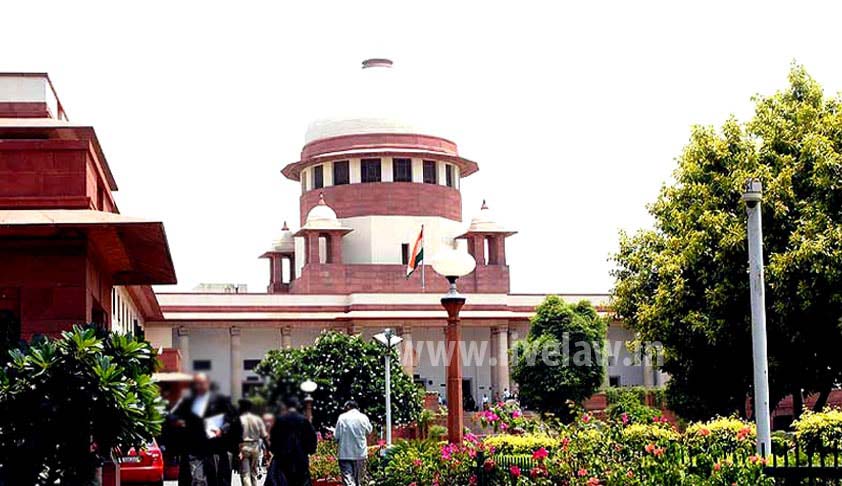In SPS Rathore Case, SC Addresses Three Vital Questions Of Law
Ashok KM
24 Sept 2016 10:54 AM IST
In SPS Rathore vs. CBI & Ors., the Supreme Court has dealt with three important questions of law in respect of ingredients of Section 354 IPC, admissibility of former statements u/s 157 Evidence Act and evidentiary value of expert opinion by a handwriting expert.Live Law had reported on Friday about the upholding of conviction of former DGP of Haryana SPS Rathore in Ruchika...
In SPS Rathore vs. CBI & Ors., the Supreme Court has dealt with three important questions of law in respect of ingredients of Section 354 IPC, admissibility of former statements u/s 157 Evidence Act and evidentiary value of expert opinion by a handwriting expert.
Live Law had reported on Friday about the upholding of conviction of former DGP of Haryana SPS Rathore in Ruchika Girhotra molestation case, though his sentence was reduced from one and half years to the sentence already served. Read the report and judgment here.
Mere knowledge that the modesty of a woman is likely to be outraged is sufficient to attract Section 354 IPC
The court observed that in order to constitute the offence under Section 354 of the IPC, mere knowledge that the modesty of a woman is likely to be outraged is sufficient without any deliberate intention of having such outrage alone for its object. “There is no abstract conception of modesty that can apply to all cases. A careful approach has to be adopted by the court while dealing with a case alleging outrage of modesty,” the Bench observed.
The court also observed that the essential ingredients of the offence under Section 354 IPC are (i) that the person assaulted must be a woman; (ii) that the accused must have used criminal force on her; and (iii) that the criminal force must have been used on the woman intending, thereby, to outrage her modesty. The court also said intention and knowledge and the being state of mind might not be proved by direct evidence and might have to be inferred from the attending circumstances of a given case.
Statements made to person authorised by state govt to investigate the matter admissible u/s 157 Evidence Act
With regard to admissibility of former statements under Section 157 of the Evidence Act, the court said the said section envisages two categories of statements of witnesses, which can be used for corroboration. “First is the statement made by a witness to any person at or about the time when the incident took place. The second is the statement made by him to any authority legally competent to investigate the matter. Such statements gain admissibility, no matter that it was made long after the incident. But if the statement was made to non-authority, it loses its probative value due to lapse of time,” the Bench added.
The Bench further observed in the facts of the case that R.R. Singh was an authority legally competent to investigate the incident and was asked by the state government to inquire into the facts given in the memorandum and report thereon. Observing that the statements made to him are admissible under Section 157 of Evidence Act, the court observed: “To make a person an authority legally competent to investigate, it is not necessary that he should be having authority which flows from a statute. It is sufficient that such person was authorised legally by the state government to investigate the matter.”
Not much weight to be given to evidence of handwriting expert
The court also observed that uncorroborated evidence of a handwriting expert is an extremely weak type of evidence and the same should not be relied upon either for the conviction or for acquittal and the courts should be wary to give too much weight to the evidence of handwriting expert. “It can rarely, if ever, take the place of substantive evidence. Before acting on such evidence, it is usual to see if it is corroborated either by clear, direct evidence or by circumstantial evidence,” the Bench added.


